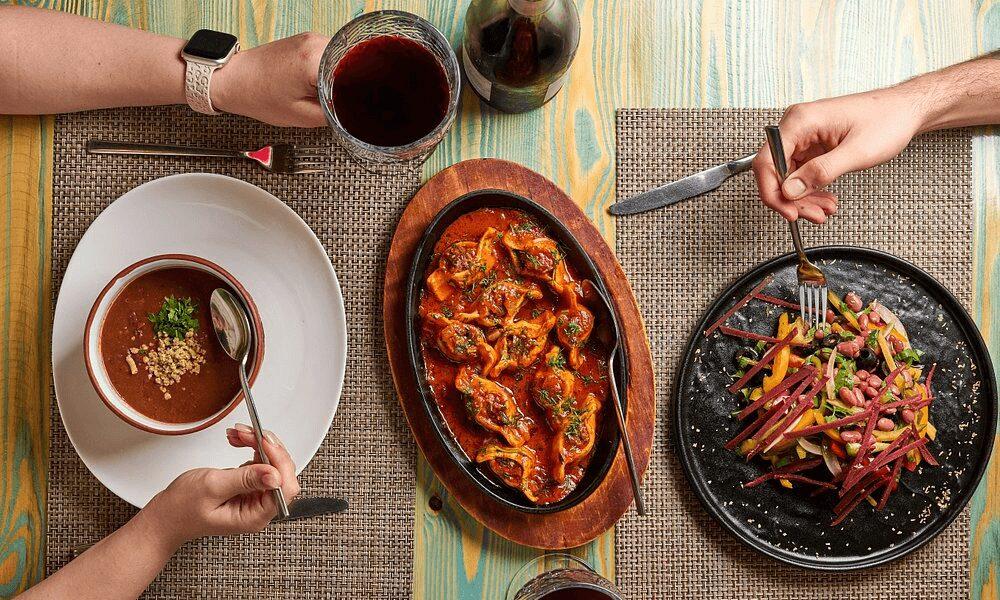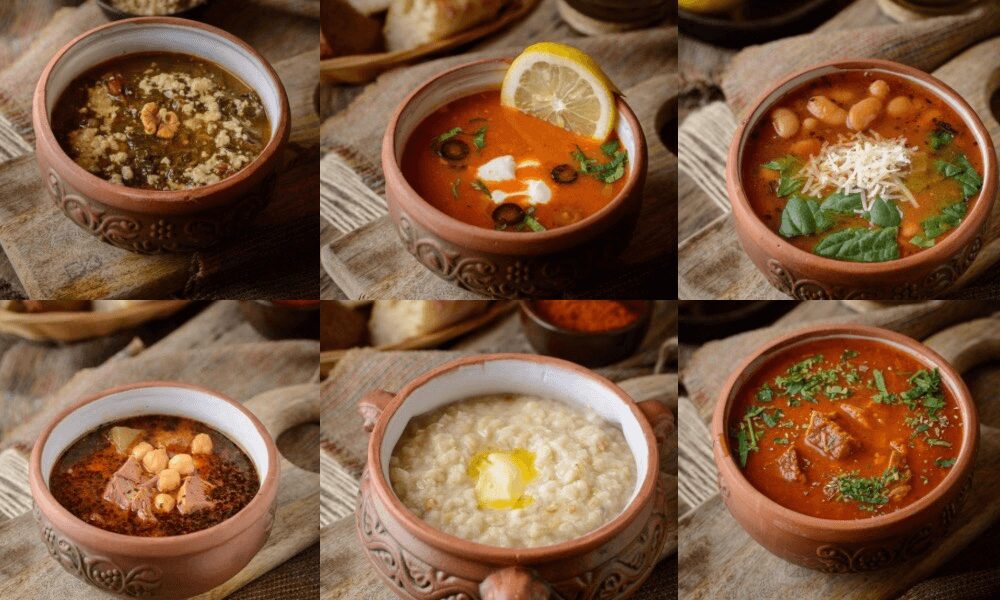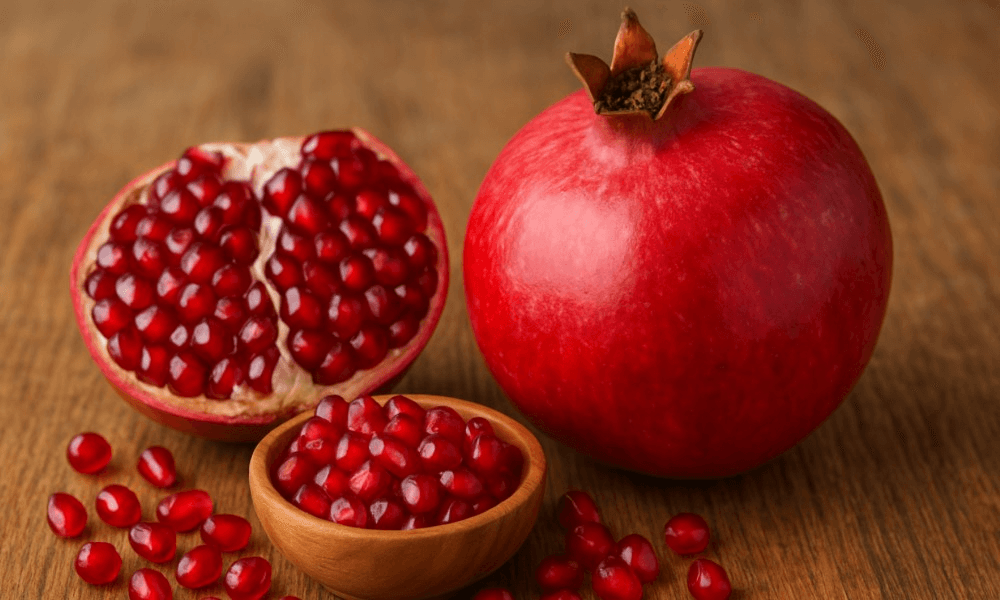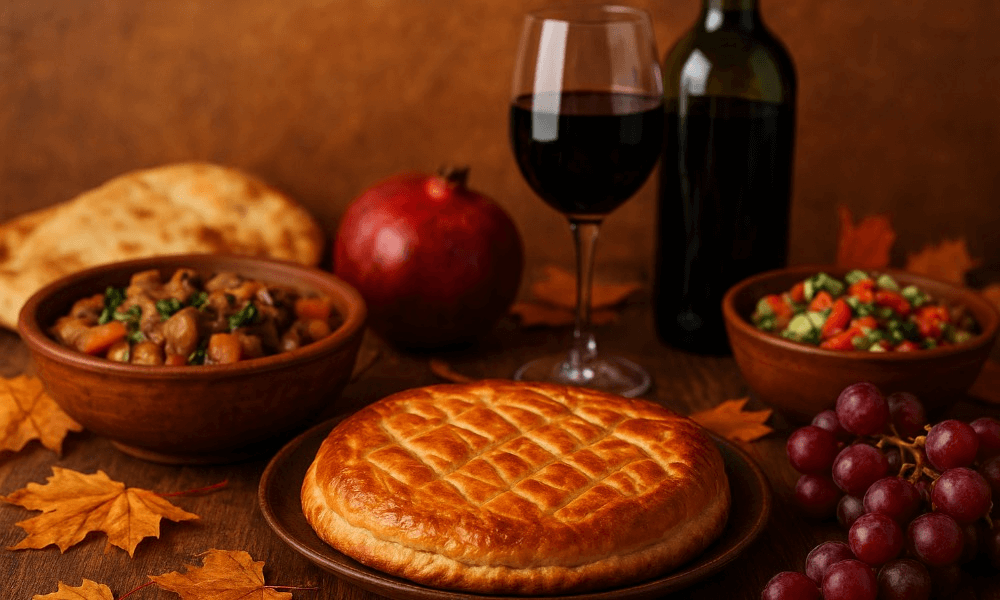
The Influence of Regional Flavors on Our Traditional Dishes
Armenian cuisine is rich not only in recipes but also in history, culture, and regional diversity. Each region, shaped by its nature, climate, lifestyle, and local products, has developed its own culinary style, creating a comprehensive map of flavors. When we speak about traditional dishes, we cannot treat them as a monolith. In reality, they are stories of taste crafted by different communities, villages, and provinces, passed down through generations.
The influence of regional flavors begins with the most basic element — ingredients. For example, in Syunik, where the climate is mountainous with long and harsh winters, people have traditionally favored dishes rich in meat, khash, dried herbs, and wild plants. Soups, khash, and pickles prepared by the people of Syunik have a unique, strong, and earthy flavor. In Artsakh, dishes are often complemented with pickles, black pepper, dried mint, and bulgur, which reflect the natural environment and historical lifestyle of the region. Meanwhile, in the Ararat Valley, where the sun is abundant and vegetables ripen under its warmth, dishes tend to be lighter, fresher, and rich in herbs.
The same dish may taste different depending on the region. For example, dolma in Artsakh is made only with pickled cabbage and no extra ingredients, as meat-based dishes there require a stronger flavor. In Lori, people sometimes add pickled cucumber juice to dolma for acidity. In Ararat, it may include dried fruits, cumin, and cloves, blending sweet and savory. Khash also varies — in Shirak, it’s served with garlic on the side and dry bread, while in Syunik, the garlic is mixed directly into the bowl, and the bread is boiled in the broth. These nuances reflect not only differences in taste but also lifestyles adapted to the region’s conditions.
Traditional Armenian cuisine has also been shaped by historical developments. Migration, wars, and resettlement processes introduced new recipes and techniques. After the Armenian Genocide, people from various provinces settled in different parts of Armenia, bringing with them their culinary traditions. For example, dishes from Van took root in Lori, Mush recipes spread to Aragatsotn, and the Artsakh heritage extended across the country — Jingyalov hats became a nationally recognized dish. This process enriched culinary diversity while preserving a sense of regional identity.
Flavor Diversity as Cultural Heritage
Armenian cuisine is not just nourishment — it is cultural heritage. Dishes tell stories about people’s lifestyles, their relationship with nature, beliefs, and value systems. Preserving regional flavors is not merely a culinary matter but a way of preserving national identity. When we taste Artsakh’s kyalagyoosh or Syunik’s khash, we are, in fact, interacting with the culture, language, and history of that land. It is a living heritage expressed through taste.
Regional flavors help us understand each other. People from different provinces, by tasting different versions of the same dish, discover each other’s cultural foundations. These differences often become topics of family discussion — who adds which herbs, what order ingredients are mixed in, and how a dish is prepared. These conversations help preserve not only the cuisine but also the culture.
On the other hand, regional flavors boost interest in local tourism. Many tourists visiting Armenia want to experience this variety. They want to try Jingyalov hats in Stepanakert, meat soup in Goris, pickled cabbage dolma in Vanadzor, or grilled Araks river fish in Armavir. This not only showcases culinary heritage but also contributes to regional economic development.
Modern Cuisine and the Revival of Regional Flavors
Today, in the era of globalization where international cuisine is available on every table, a renewed interest in traditional dishes is emerging. Many restaurants and chefs are returning to their roots, studying regional recipes, using local ingredients, and creating modern presentations of traditional dishes. This not only breathes new life into old recipes but also helps revalue regional flavors.
For example, traditional gata can now be found in new forms — with lemon, honey, or cocoa. When these versions are inspired by what herbs or ingredients are more accessible in a specific region, they become localized modern creations. Contemporary cuisine is starting to understand that regional flavors and ingredients are not just gastronomic values — they are part of cultural identity, rooted in language, tradition, and family memory.
Innovation also plays a role in this fusion. For example, a sauce made with dried herbs from Syunik can be presented as a modern dip, served with crispy vegetable chips. Sour soup from Lori can be transformed into a foamy cream soup while retaining its signature flavor structure. All of this shows that traditional and modern can enrich one another — as long as there is respect for regional flavors.
Ultimately, regional flavors are the living soul of Armenian cuisine. They remind us of where we come from, who we were, and what we can become — if we value our past and stay open to the present. With their diversity, history, and aroma, regional flavors make our cuisine unique — not just for us but for the whole world.






